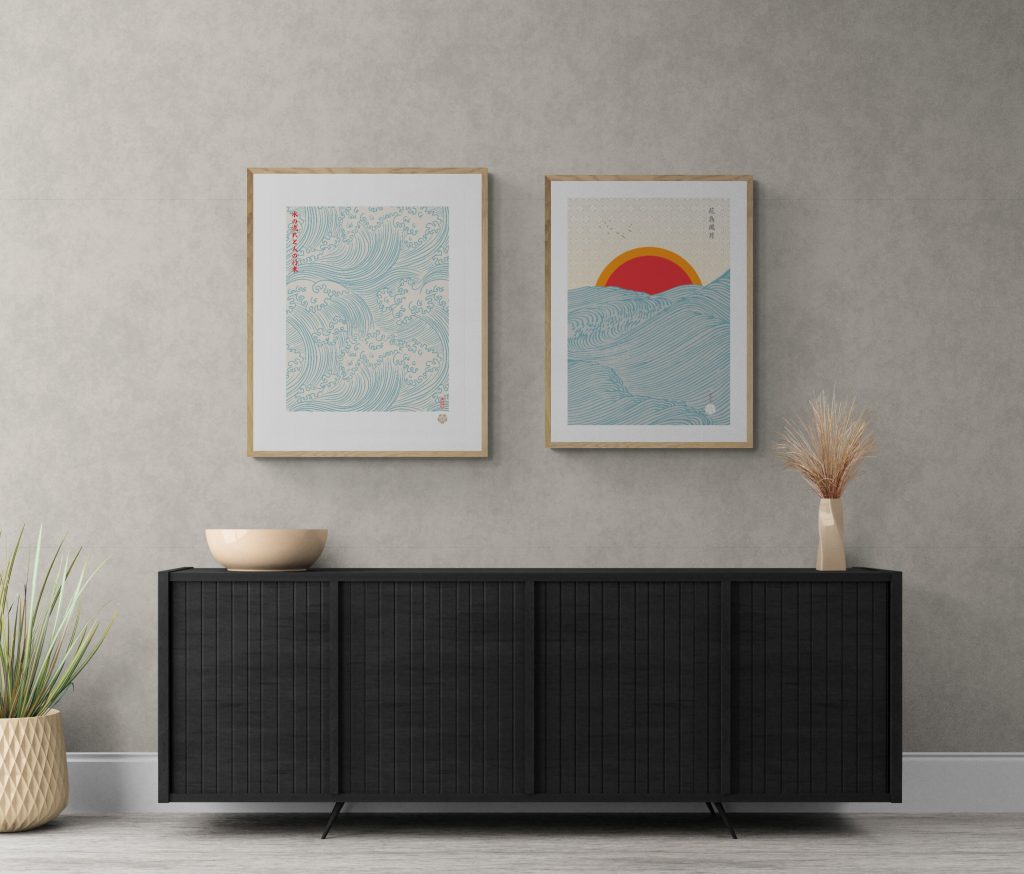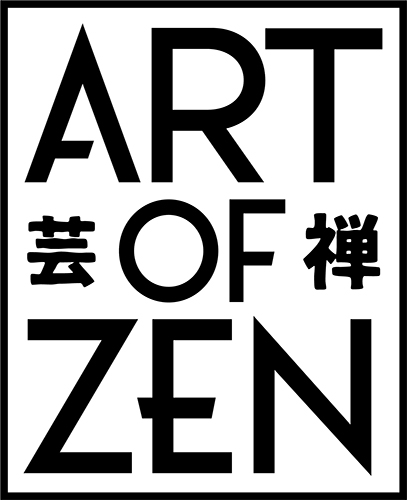Introduction
Welcome to the serene and harmonious world of Japandi design, a philosophy where the simplicity and elegance of Japanese aesthetics meet the functionality and coziness of Scandinavian style. This unique fusion creates spaces that are not only visually appealing but also embody a sense of tranquility and mindful living. The following list of 10 facts about Japandi is designed to guide you through the essentials of this trend, offering insights into its origins, key principles, and practical advice for incorporating the Japandi style into your home.
What is Japandi?
Japandi is a design trend that represents a fusion of Japanese and Scandinavian design philosophies. It marries the minimalist, functional aspects of Scandinavian design with the elegant, simple principles of Japanese aesthetics, creating spaces that are both serene and practical. This style emphasizes natural materials, muted color palettes, and a clutter-free approach to living.
How did Japandi originate?
Japandi emerged as a distinct design trend in the early 21st century, although its roots can be traced back to the mid-20th century when Japanese and Scandinavian designers began appreciating and incorporating each other’s design principles. The style gained popularity as more people sought a balanced, peaceful living environment that combined functionality with beauty.
What are the key principles of Japandi design?
The key principles of Japandi design include simplicity, functionality, natural materials, and a connection to nature. This style focuses on creating spaces that promote tranquility and well-being, emphasizing quality over quantity and beauty in imperfection, known as “wabi-sabi” in Japanese culture.
For more detail: Embracing the Harmony of Japandi Style: The Perfect Blend of Scandinavian and Japanese Styles.
How does Japandi differ from pure Japanese or Scandinavian design?
While Japandi shares elements with both Japanese and Scandinavian design, it stands out by blending the two into a unique aesthetic. Compared to pure Japanese design, which may lean more towards Zen-like minimalism and the use of traditional materials, Japandi incorporates the cozy, comfortable elements of Scandinavian design. Conversely, Japandi spaces might be more restrained and nature-focused than some Scandinavian interiors, which can sometimes feature bolder colors and more decorative accessories.
Heard about the Muji style? Read Embracing Simplicity: The Muji Interior Design Style.
What color palette is typical in Japandi design?
The Japandi color palette, muted and earthy, draws from both Japanese and Scandinavian influences. It includes soft neutrals like cream, beige, and light gray, complemented by rich earth tones such as deep greens, browns, and indigos. These colors work together to create a calm, cohesive look that soothes the senses.
We’ve done the hard work for you with the Ultimate Japandi Color Palette for a Tranquil Home Oasis.
What materials are commonly used in Japandi interiors?
Natural materials play a crucial role in Japandi design, with wood, bamboo, stone, and wool among the most commonly used. The emphasis on sustainable, eco-friendly materials reflects a shared value of both cultures.
Read: Embracing Wabi-Sabi in Interior Design and Art
Can Japandi style be applied in any room?
Absolutely. The Japandi style can apply to any room, from living rooms and kitchens to bedrooms and bathrooms, due to its versatility.. Its principles of simplicity, functionality, and connection to nature make it suitable for creating serene spaces throughout the home.
For a deeper dive read: Infusing Japandi Design into Your Scandinavian Home: The Zen Blueprint
How can I incorporate Japandi style into my existing decor?
Incorporating Japandi style into your existing decor involves decluttering the space, choosing furniture with clean lines and natural materials, and adopting a muted, earthy color scheme. Add textiles like linen or wool for warmth and consider incorporating Japanese and Scandinavian functional decor items, such as ceramics or minimalist art, to enhance the aesthetic.
Here are 10 Steps to Create a Beautiful Japandi Home.
What are some common Japandi decorative elements?
Japandi design features indoor plants, handcrafted ceramics, minimalist art, and functional beauty items like storage baskets. Choose items that enhance calm and order.
Let’s take a deeper look: What is Japandi Art? Merging Minimalism with Timeless Style.
How does lighting affect Japandi interiors?
Lighting plays a significant role in Japandi interiors, with an emphasis on natural light to create bright, airy spaces. For indoor areas, soft, diffused lighting from lamps and candles is preferred to add warmth and create inviting atmospheres. The goal is to mimic the natural light’s effect on materials and colors, enhancing the room’s overall sense of peace.
Conclusion
Embracing the Japandi style transforms your space into a sanctuary that balances minimalist elegance with cozy warmth, offering a peaceful retreat from the hectic world outside. If interiors reflecting a deep appreciation for nature, simplicity, and craftsmanship attract you, the Japandi design trend might fit your home perfectly.
Before you go, here are the Key New Trends in Japandi Interior Design for 2024.
Read more:
- The Enso Circle in Modern Design: Influences and Inspirations
- Zen-Inspired Minimalism: Finding Harmony in Simplicity
- Zen Art and Japandi Design: A Harmonious Blend of Simplicity and Mindfulness
- Yoshitomo Nara: Blending Ukiyo-e and Pop Culture in Japanese Art
- The Significance of Sakura in Japanese Art

At the Art of Zen we have a selection of original Japanese art prints in the ukiyo-e and Japandi style. Some of our best selling work is Mount Fuji wall art and Japandi wall art.
Add some zen to your space with brilliant original art from the Art of Zen shop.




0 Comments